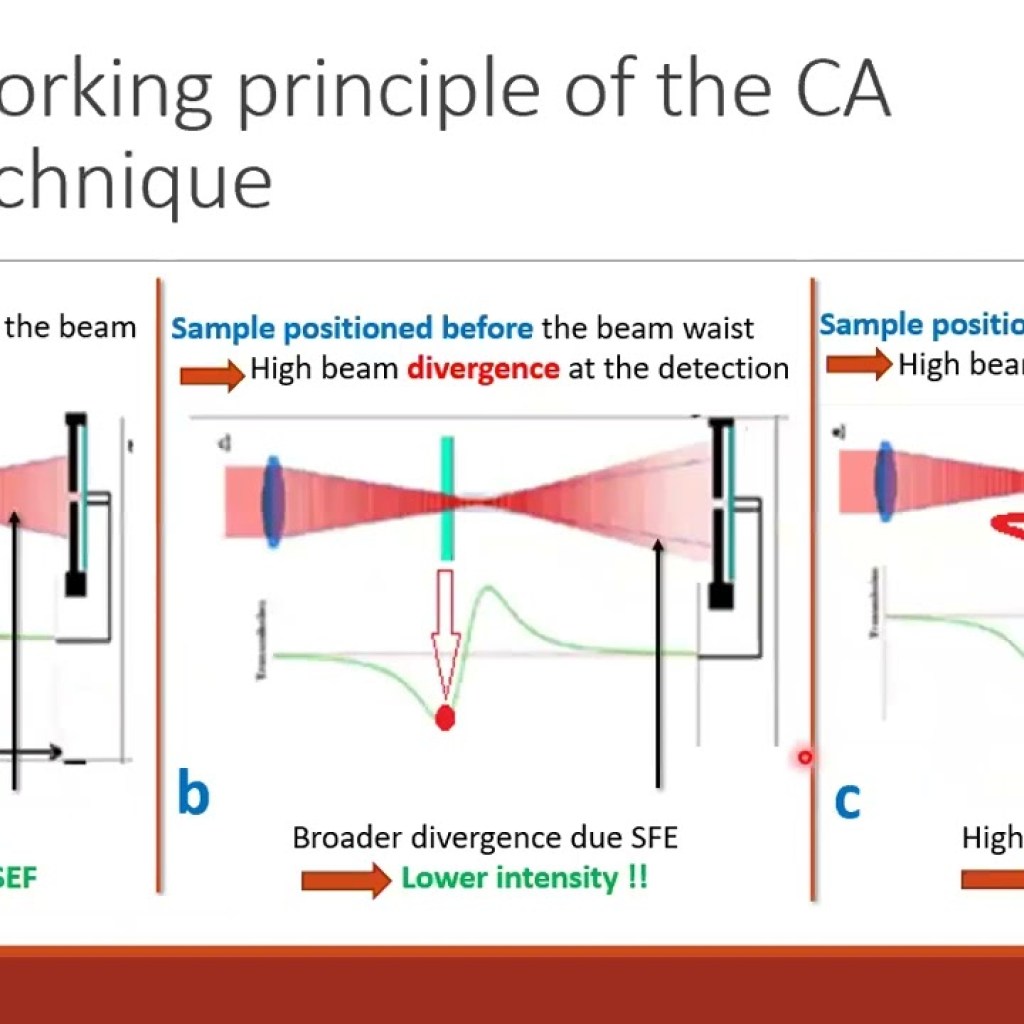Wavelength Tuning
Understanding Wavelength Tuning in Lasers Tuning via the Gain Medium One method of tuning a laser’s wavelength involves adjusting the laser gain medium to change the wavelength of maximum gain, thereby altering the output wavelength. This method is commonly used in lasers operating on multiple resonator modes, allowing for continuous tuning of the optical spectrum. […]









